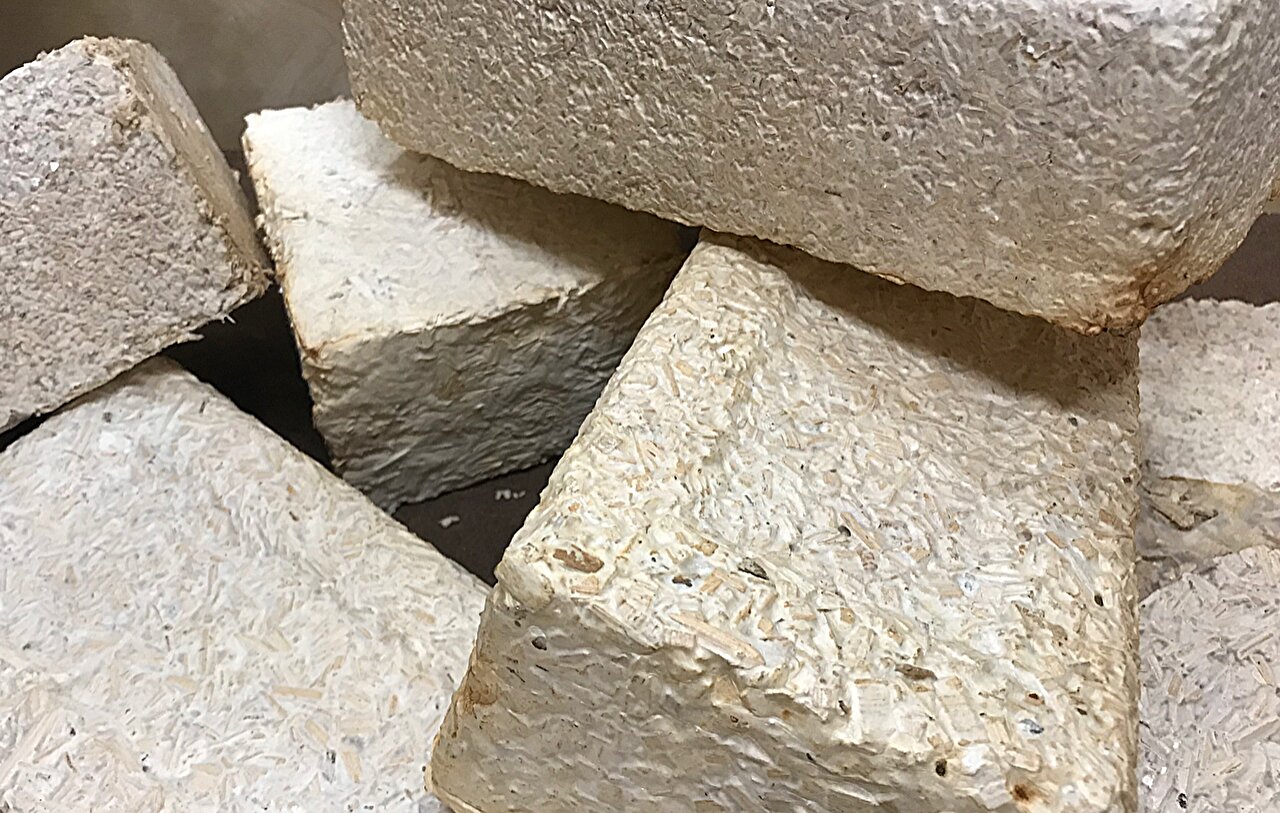NASA is continuing research on growing habitats in space from fungi. They believe they are well suited to the conditions of Mars and the Moon.

New technologies at NASA’s service
As NASA prepares for long-term missions to the Moon and Mars for the benefit of all, a home-growing concept the agency selected on Wednesday could help “grow” homes using fungi for future explorers.
A team of researchers at NASA Ames Research Center in California’s Silicon Valley will receive new funding from NASA’s Innovative Advanced Concepts (NIAC) program to advance their habitat research.
Phase III will provide NIAC with $2 million over two years to continue the technology development of the Mycotecture Off Planet project in preparation for a potential future demonstration mission. The work is being led by Lynn Rothschild, a senior research scientist at NASA Ames.
“As NASA prepares to explore farther into the cosmos than ever before, it will require new science and technology that doesn’t yet exist,” said NASA Administrator Bill Nelson. “NASA’s space technology team and the NIAC program unlock visionary ideas—ideas that make the impossible, possible.”
Fungi technologies for habitat
Some habitats, such as landers and rovers, will be brought to the planet’s surface. However, the Mycotecture team is developing technologies that will allow them to be “grown” on the Moon, Mars and other planets using mushrooms and the underground filaments that make up the bulk of fungi, known as mycelium.
With this development, researchers can travel with a compact habitat built from a lightweight material containing hibernating fungi. With the addition of water, fungi can potentially grow around this framework into a complete human habitat with safe conditions to avoid environmental contamination.
Why build stations out of fungi
The Mycotecture project may enable a new multifunctional material for space construction, reducing mass and saving resources for other mission priorities. A proof of concept for this technology has been the previous accomplishments of NIAC.
The team created several combinations of fungi-based biocomposites, fabricated prototypes, tested the materials in a planetary simulator, evaluated improvements including radiation shielding, and developed a detailed design for a mycelium-based lunar habitat. This project also has applications on Earth in addition to uses on other worlds. This material can be used for water filtration and systems that extract minerals from wastewater.
“Mycotecture Off Planet exemplifies how advanced concepts can change how we envision future exploration missions,” said John Nelson, NIAC program manager. “As NASA embarks on the next era of space exploration, NIAC helps the agency lay the necessary groundwork to bring innovative visions to life.”
Future research
Phase III work will allow the research team to optimize material properties. It will also allow the team to move on to testing in low Earth orbit. Future applications of this project could include integration into commercial space stations or use in missions to the Moon with the ultimate goal of use on Mars.
NASA’s Innovative Advanced Concepts program supports visionary early-stage research ideas through several progressive research phases. In January 2024, NASA announced the selection of 19 Phase I and Phase II proposals for the project. NIAC activities are funded by NASA’s Office of Space Technology, which is responsible for developing new cross-disciplinary technologies and capabilities the agency needs to fulfill current and future missions.
According to phys.org


